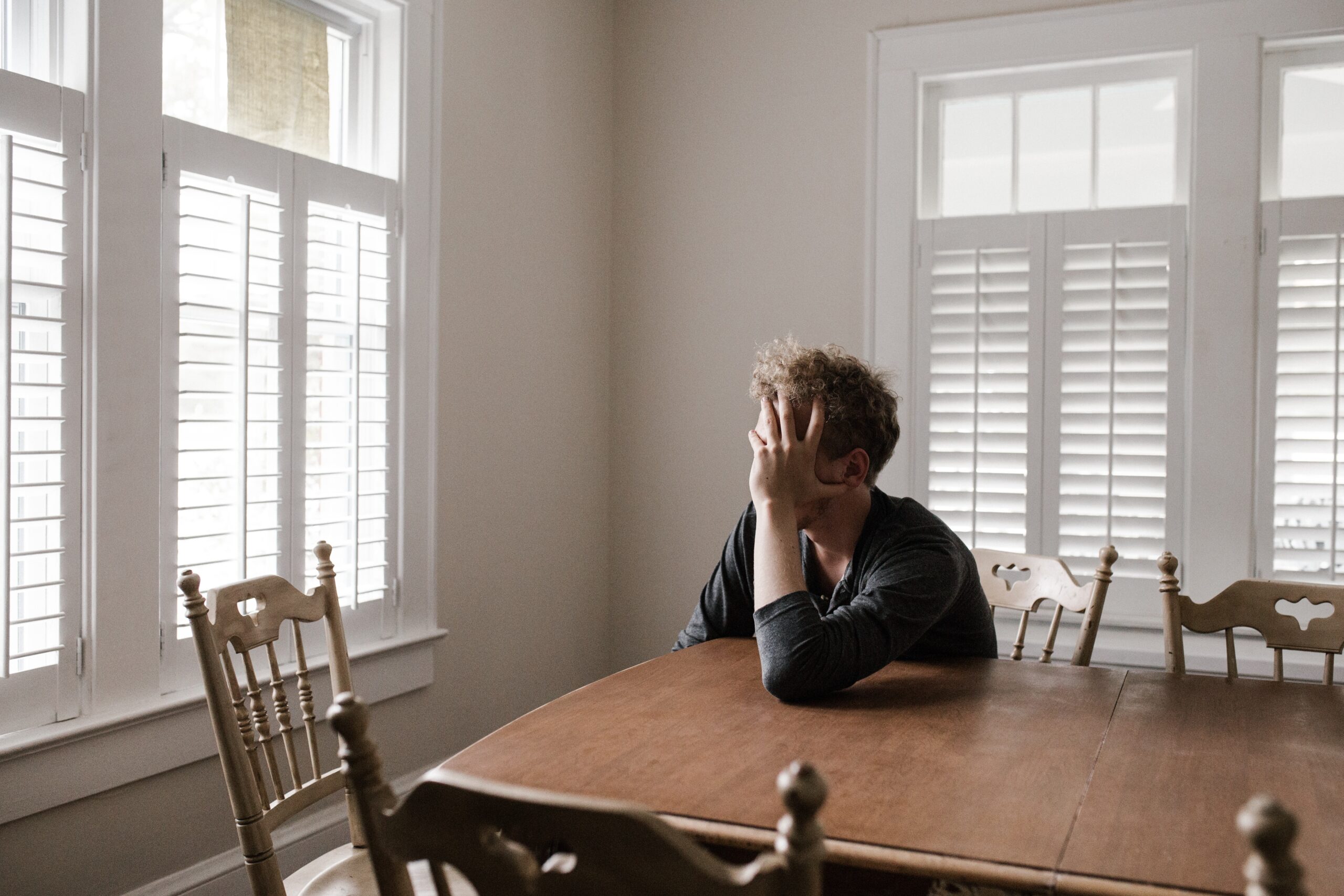Yesterday a loved one asked me about dealing with anger — he lashed out at someone he loves in a way that hurt her and filled him with shame and regret.
I think we can all relate to this — most of us have lashed out in anger and regretted it later.
We all get angry, but we often deal with it in different ways. Some people constantly lash out in frustration at others, or stew about it and complain about it to people they talk to. Some people repress their anger, with the idea that they should never feel anger, that anger is not safe for others or themselves. Others seethe and seethe quietly, until finally, they explode. Some of us do all three.
We all get angry. The question is, how do we get better at dealing with that anger?
I’m going to share some strategies that have worked for me. I have purposely tried to get better at dealing with anger, and while I am not perfect, I’ve come a long way. I don’t often yell at my kids anymore, for example, even though I used to yell at them in anger and even spank them. Now I can catch the frustration much sooner, and have found strategies that help me calm down, find compassion, even talk to them with understanding and love.
Before we get into the strategies, let’s understand what’s happening when we get angry.
What’s going on when we’re angry
When we get angry, it’s usually because someone else behaved in a way we don’t like. (It could also be our own actions, or just the situation in general, that we don’t like.)
This is what happens:
- We don’t like the way the person behaved.
- We feel a momentary moment of aversion to their behaviour, and this causes a moment of pain — we’re hurt that they acted that way. This might only last half an instant.
- We then react to that hurt with a feeling of anger (or frustration, irritation).
- Then we start telling ourselves a story about the other person (or ourselves or the situation). It’s our narrative of what’s happening.
- The story keeps us angry, even if the initial pain goes away, because it keeps making the wound fresh. And then we keep spinning the story around in our heads.
So the initial aversion and pain are unavoidable, and even the anger, frustration and irritation are pretty avoidable (though you can learn to catch them earlier). It’s human. The part we can work on is noticing the story and not spinning it around in our heads to prolong and even increase the anger.
Understanding the story
The story that we spin around in our heads is a natural thing for humans — we create stories to understand the world around us, or to put things in some kind of order we can work with.
In these types of situations, the story might be, “She’s always (doing something), I don’t know why she has to keep doing that, etc etc.” Or, “I don’t know why he has to criticise me, I was just trying to (insert some kind of justified action).” We’ve all done this, even if we’re not always aware we’re doing it.
The story is not that useful most of the time. It actually makes us angrier and separates us from people we care about. It makes us unhappy, traps us in an emotion that isn’t helpful and worsens our relationships.
Once we’re hooked by the story, it can spin around in our heads for a long time. Hours sometimes. Even days. It just keeps freshening our wound.
You can start to notice the story the next time you’re frustrated, hurt, angry, irritated, resentful, stressed. Just listen to what you’re saying about the other person or the situation you’re in. Just start to become aware of this story you keep replaying.
A fresh way to deal with anger
Whenever we’re angry (or frustrated, resentful, etc.), we can go into our old patterns of anger and telling the story … or we can start to try something new.
Here’s what I recommend practising:
- Notice when you’re feeling this emotion. You might be telling yourself a story as well.
- Meditate for a second by turning your attention to the physical feeling in your body of anger/hurt.
- Be curious about it: what does it feel like, physically? Where is it located? What texture does it have? What energy does it have? Does it change?
- Stay with it: instead of instantly going back to your story (or a new story about this meditation), see if you can stay with the feeling longer. We’re training ourselves to stay longer.
- See if you can welcome this feeling. It’s not something that’s necessarily “bad,” nor is it something you need to reject. Just be OK with it in your body, even friendly towards it. Smile at it.
- See the pain you’re feeling as a sign of your good heart that’s been hurt, that is vulnerable and loves. See it as a sign of your basic goodness. You don’t need to do anything right now, just stay in touch with this tender heart.
With this fresh response, we’re opening up to the wide-open nature of this moment, not needing to harden into our old stories.
We interrupt our conditioned, habitual response, and choose a new path, one that is less harmful.
And in this moment of openness, we can now try this:
- Give ourselves some kindness and compassion with the wish, “May I find an end to my pain; may I find peace; may I find happiness and joy.”
- Turn to the other person and see that they are struggling, they are in pain too.
- With this realisation that they are in pain, reacting out of their habitual responses, spinning around their own stories … let this realization make us feel connected to them, as we know what that’s like. It’s not fun.
- Send them some loving kindness as well, with the same wish,” May they find an end to their pain; may they find peace; may they find happiness and joy.” Repeat it several times.
- From this place of compassion, you can now take a more appropriate action: give them a hug, talk to them with understanding and kindness, listen to their difficulty with compassion (and see that it’s about their pain, not about you), or at least refrain from lashing out.
We normally respond anger, out of proportion to the actual situation. But now we might be able to take a more appropriate, compassionate action (or non-action, as the case might require).
We will mess up on this practice, by the way. As with anything, we get better with continued practice. When we find that we can’t open up to the feeling, that we can’t stop from spinning around our stories … we can practice with that. We can see the feeling of helplessness, of despair, of frustration with ourselves, of giving up … and practice the method above on that feeling itself.
With each screw-up, with each time we’re not able to open up … we have a new opportunity to practice. Another chance opens up, again and again, to heal ourselves and to get better at dealing with this hardened emotion.
If you enjoyed this post, feel free to share it with your friends and family. After all, sharing is caring!
Author: Leo Babauta
Leo Babauta is the author of The Power of Less and the creator and blogger at Zen Habits, a Top 25 blog (according to TIME magazine) with 200,000 subscribers — one of the top productivity and simplicity blogs on the Internet.














